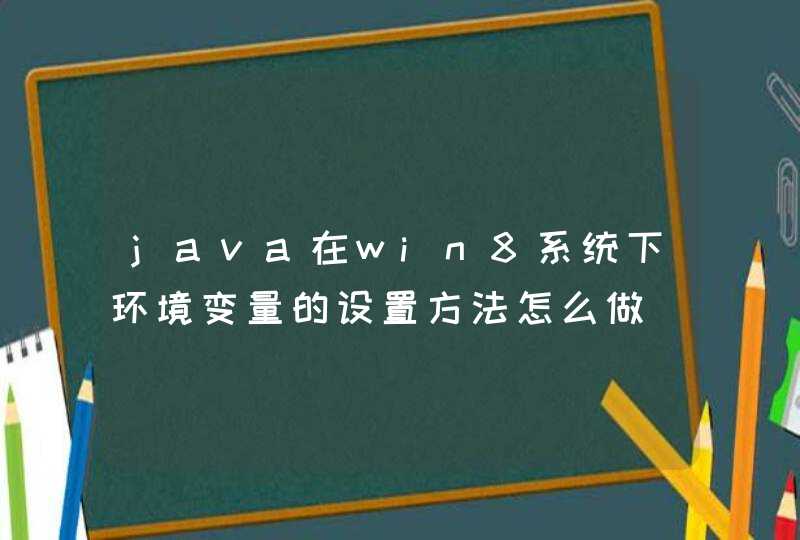
private BinaryNode<T>remove(T x,BinaryNode<T>p,BinaryNode<T>parent){
if(p==null){
return null
}
if(x.compareTo(p.data)>0){
return remove(x,p.left,p)
}
if(x.compareTo(p.data)<0){
return remove(x,p.right,p)
}
if(p.left!=null&&p.right!=null){
BinaryNode<T>insucc=p.right
while(insucc.left!=null){
insucc=insucc.left
}
p.data=insucc.data
return remove(p.data,p.right,p)
}
if(parent==null){
if(p.left!=null){
root=p.left
}
else root=p.right
return p
}
if(p==parent.left){
if(p.left!=null){
parent.left=p.left
}
else{
parent.left=p.right
}
}
else{
if(p.left!=null){
parent.right=p.left
}
else{
parent.right=p.right
}
}
return p
}
package gggimport java.math.BigDecimal
import java.util.Scanner
import java.util.Random
import java.util.Stack
/**
* 二叉排序树(又称二叉查找树)
* (1)可以是一颗空树
* (2)若左子树不空,则左子树上所有的结点的值均小于她的根节点的值
* (3)若右子树不空,则右子树上所有的结点的值均大于她的根节点的值
* (4)左、右子树也分别为二叉排序树
*
*
* 性能分析:
* 查找性能:
* 含有n个结点的二叉排序树的平均查找长度和树的形态有关,
* (最坏情况)当先后插入的关键字有序时,构成的二叉排序树蜕变为单枝树。查找性能为O(n)
* (最好情况)二叉排序树的形态和折半查找的判定树相同,其平均查找长度和log2(n)成正比
*
*
* 插入、删除性能:
* 插入、删除操作间复杂度都O(log(n))级的,
* 即经过O(log(n))时间搜索到了需插入删除节点位置和删除节点的位置
* 经O(1)级的时间直接插入和删除
* 与顺序表相比,比序顺序表插入删除O(n)(查找时间O(log(n))移动节点时间O(n))要快
* 与无序顺序表插入时间O(1),删除时间O(n)相比,因为是有序的,所查找速度要快很多
*
*
*
* 作者:小菜鸟
* 创建时间:2014-08-17
*
*/
public class BinarySortTree {
private Node root = null
/**查找二叉排序树中是否有key值*/
public boolean searchBST(int key){
Node current = root
while(current != null){
if(key == current.getValue())
return true
else if(key <current.getValue())
current = current.getLeft()
else
current = current.getRight()
}
return false
}
/**向二叉排序树中插入结点*/
public void insertBST(int key){
Node p = root
/**记录查找结点的前一个结点*/
Node prev = null
/**一直查找下去,直到到达满足条件的结点位置*/
while(p != null){
prev = p
if(key <p.getValue())
p = p.getLeft()
else if(key >p.getValue())
p = p.getRight()
else
return
}
/**prve是要安放结点的父节点,根据结点值得大小,放在相应的位置*/
if(root == null)
root = new Node(key)
else if(key <prev.getValue())
prev.setLeft(new Node(key))
else prev.setRight(new Node(key))
}
/**
* 删除二叉排序树中的结点
* 分为三种情况:(删除结点为*p ,其父结点为*f)
* (1)要删除的*p结点是叶子结点,只需要修改它的双亲结点的指针为空
* (2)若*p只有左子树或者只有右子树,直接让左子树/右子树代替*p
* (3)若*p既有左子树,又有右子树
* 用p左子树中最大的那个值(即最右端S)代替P,删除s,重接其左子树
* */
public void deleteBST(int key){
deleteBST(root, key)
}
private boolean deleteBST(Node node, int key) {
if(node == null) return false
else{
if(key == node.getValue()){
return delete(node)
}
else if(key <node.getValue()){
return deleteBST(node.getLeft(), key)
}
else{
return deleteBST(node.getRight(), key)
}
}
}
private boolean delete(Node node) {
Node temp = null
/**右子树空,只需要重接它的左子树
* 如果是叶子结点,在这里也把叶子结点删除了
* */
if(node.getRight() == null){
temp = node
node = node.getLeft()
}
/**左子树空, 重接它的右子树*/
else if(node.getLeft() == null){
temp = node
node = node.getRight()
}
/**左右子树均不为空*/
else{
temp = node
Node s = node
/**转向左子树,然后向右走到“尽头”*/
s = s.getLeft()
while(s.getRight() != null){
temp = s
s = s.getRight()
}
node.setValue(s.getValue())
if(temp != node){
temp.setRight(s.getLeft())
}
else{
temp.setLeft(s.getLeft())
}
}
return true
}
/**中序非递归遍历二叉树
* 获得有序序列
* */
public void nrInOrderTraverse(){
Stack<Node>stack = new Stack<Node>()
Node node = root
while(node != null || !stack.isEmpty()){
while(node != null){
stack.push(node)
node = node.getLeft()
}
node = stack.pop()
System.out.println(node.getValue())
node = node.getRight()
}
}
public static void main(String[] args){
BinarySortTree bst = new BinarySortTree()
/**构建的二叉树没有相同元素*/
int[] num = {4,7,2,1,10,6,9,3,8,11,2, 0, -2}
for(int i = 0i <num.lengthi++){
bst.insertBST(num[i])
}
bst.nrInOrderTraverse()
System.out.println(bst.searchBST(10))
bst.deleteBST(2)
bst.nrInOrderTraverse()
}
/**二叉树的结点定义*/
public class Node{
private int value
private Node left
private Node right
public Node(){
}
public Node(Node left, Node right, int value){
this.left = left
this.right = right
this.value = value
}
public Node(int value){
this(null, null, value)
}
public Node getLeft(){
return this.left
}
public void setLeft(Node left){
this.left = left
}
public Node getRight(){
return this.right
}
public void setRight(Node right){
this.right = right
}
public int getValue(){
return this.value
}
public void setValue(int value){
this.value = value
}
}
}




































































